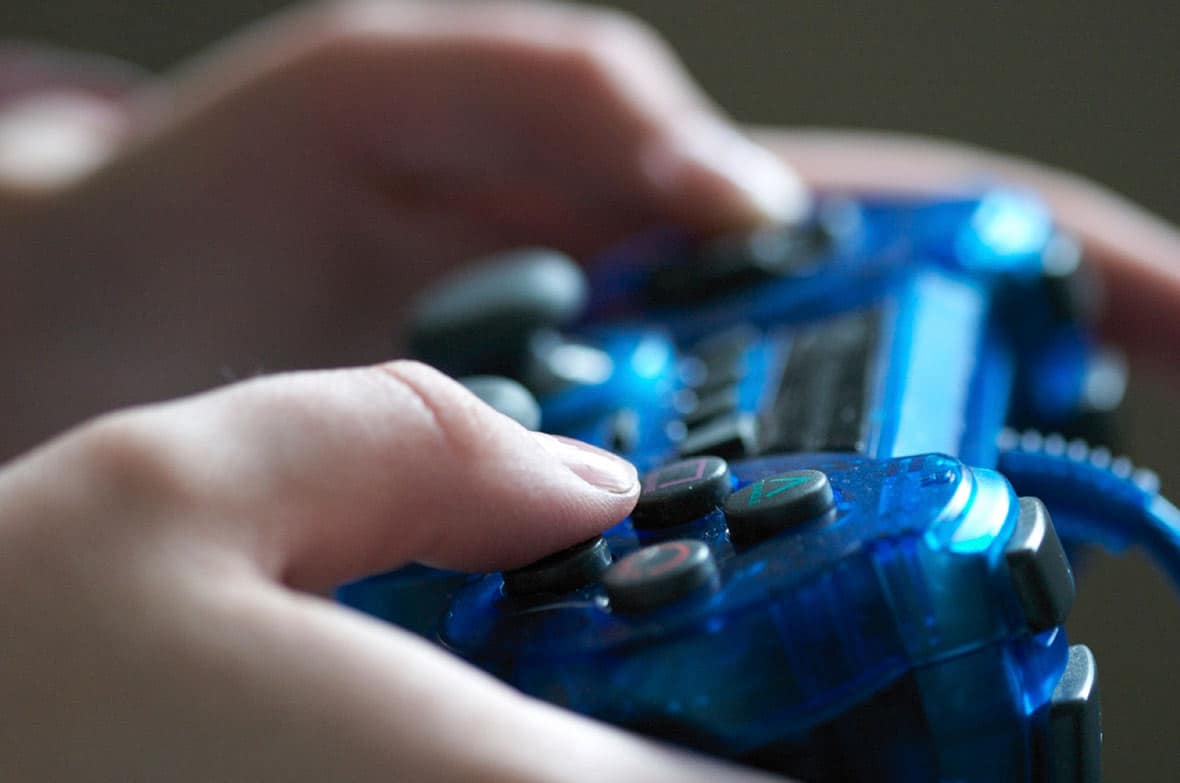Games have always played a part in the software industry, from the games that introduced us to computers, to a classic arcade or table game coded for a class assignment, to video games played for recreation. But can games provide something more than just entertainment?
Unlike many of my coworkers, I’m not much of a gamer. Before I read Reality is Broken: Why Games Make Us Better and How They Can Change the World by Jane McGonigal, I often dismissed video games as a waste of time. As it turns out, gamers, I owe you an apology.
Reality is Broken explores the potential of video games beyond pure entertainment, considering their use for “real world” problems. While at times overly optimistic, the book offers an in-depth look, for gamers and non-gamers alike, at how we can use games to thrive.
What’s a Game, Anyway?
McGonigal defines a game as anything with these four traits:
- A goal or purpose; something to aim for.
- Rules or restrictions on how to reach a goal. If golf were about efficiency, you’d just walk up and drop the golf ball in the hole. Restrictions can foster creativity and keep the game challenging.
- A feedback system, so you know if you’re getting closer to the goal.
- Voluntary participation, which makes it fun, rather than required drudgery. Everyone playing accepts the goal, the rules, and the feedback.
While this opens up the definition of games to include a wide range of activities, such as board games or sports, McGonigal focuses mostly on video games.
How Games Make Us “Better”
Modern video games aren’t just about technological innovation; they’re a product of applied psychology. Game design plays on this psychological research to offer a more satisfying gaming experience, keeping the user in a state of “flow”.
McGonigal calls these improvements “fixes” for reality, or ways that games can be more engaging and rewarding than real life. These “fixes” include the ability to form and strengthen social bonds, be a part of something epic, try out new habits, and tackle challenging but obtainable goals. One fix that was particularly interesting to me was presenting failure in a way that is helpful and even enjoyable, rather than demotivating.
Clinical psychologist Richard Ryan echoes these ideas in his 2010 Scientific American article, “The Game of Life”:
Human beings are curious animals with a natural drive to play and master their environments. Games do a good job of tapping into the intrinsic motivation that’s built into us by evolution.
We can design games that speak to these intrinsic rewards, keeping us challenged, ambitious, motivated, fully engaged in what we’re doing—and, as McGonigal argues, happier:
“Games make us happy because they are hard work that we choose for ourselves, and it turns out that almost nothing makes us happier than good hard work.”
To me, these ideas sound intriguing, but a bit escapist. Here’s where McGonigal gets to the central thesis of her book: Games don’t have to only exist as alternate realities. Instead, we can put those game design “fixes” to good use in the real world, creating the potential to affect large-scale, meaningful change.
How Games Can Change the World (Or, at Least, Our World)
Here are some examples of games that have inspired real change:
- Fold It!, a protein folding game, was created to tackle a biochemistry problem that had gone unsolved for 15 years. Within 10 days of being turned into a game, gamers “solved” the protein structure of an AIDS-causing virus.
- Schools like Quest to Learn use a game-based approach to K-12 education.
- World Without Oil helps people imagine and prepare for a peak oil future.
- Investigate your MPs is a crowd-sourced effort to uncover fraudulent spending by politicians.
Games are important to Atomic Object, too:
- Othello Games is a hiring and outreach event that has motivated students and Atoms alike to create Othello artificial intelligence implementations to compete against one another.
- Innovation Games are used to help our clients hash out the most valuable design for their projects.
- Habitica allows useres to battle 8-bit monsters by following through on their to-do lists. Another similar site is Chore Wars, which allows you to earn XP (experience points) by completing chores before others (turning chores from drudgery into a scarce resource).
Criticisms
While this book is both entertaining and ambitious, and makes a great case for the often-criticized video game industry, it is not without its flaws.
Games aren’t a panacea for the challenges of work satisfaction, engagement, and performance. This is my biggest criticism of McGonigal’s book—her unabashed enthusiasm and overstated case in the discussion of global-scale issues. Despite this, her enthusiasm is also one of her strengths, as it feels infectious and helps the reader share in her ambitious visions of the future.
While the title may have been chosen for its marketing value, I disagree that reality is “broken.” There are many facets of reality—spending time with our families, nature, music, to name a few—that do not necessarily need “fixing” with games. Still, this doesn’t detract from the benefit that we can derive from games. We can understand them as a built-in psychological tool that can be leveraged to positive results, and thus see the value of their design as something beyond just cool graphics, much as design for Atomic Object is more than just “making things pretty”.
As software developers and designers, games are near and dear to many of us and a familiar part of our lives and education. And they’re a great tool to give us more motivation, social interaction, and perhaps, more happiness in our everyday lives.
Do you play games at work or at home? What role do games play in your life?

